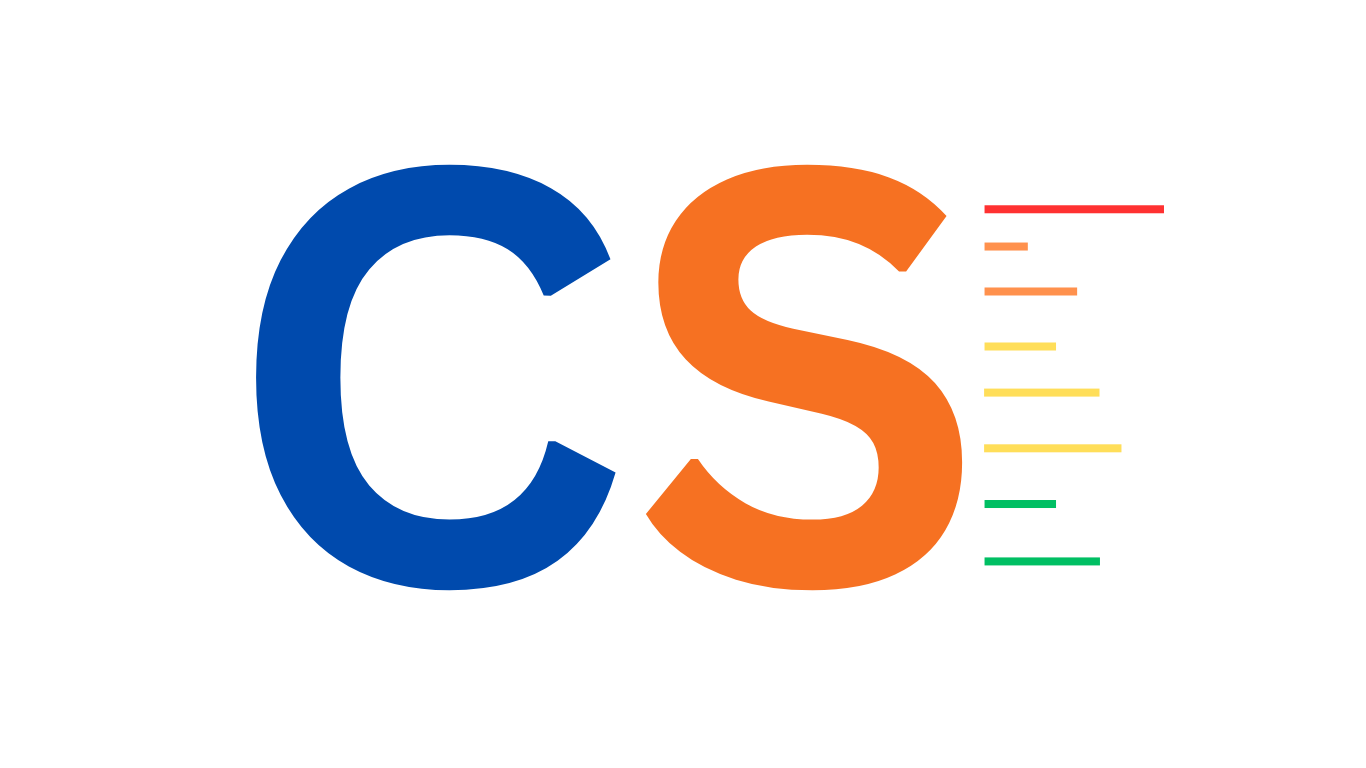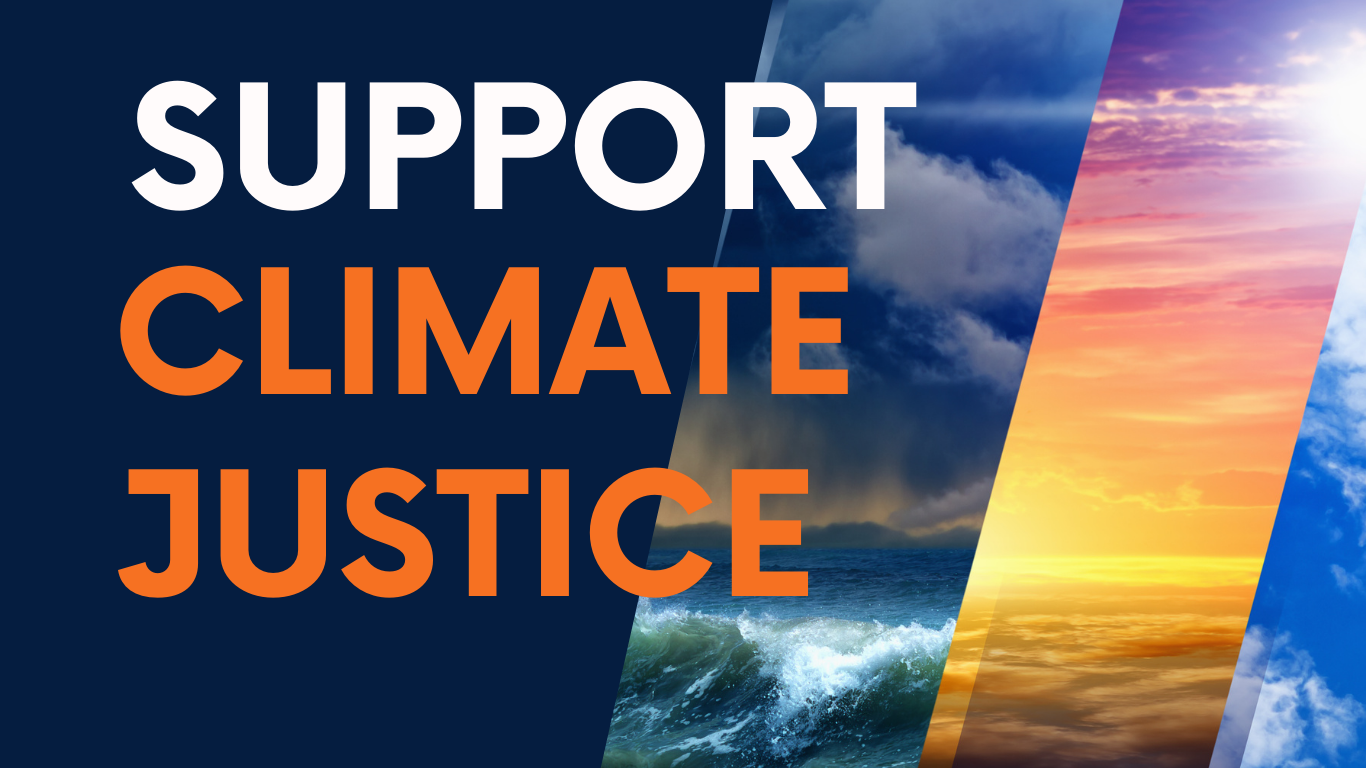by Climate Spotlight Staff
From the powerful rivers to the boundless oceans, these proven and novel energy sources are ushering in a new era of clean and sustainable power.

Overview of Hydropower Today
In the landscape of renewable energy, hydropower accounts for a significant chunk of the global electricity pie. As of 2021, it contributed around 16% to the world’s total electricity production. What was once dominated by massive dams has evolved into a diverse array of installations, embracing everything from conventional dams to run-of-river projects.

Marine Energy
The oceans that cover our planet are also a largely unharnessed source of energy. Marine energy, in the form of tidal and wave energy, is emerging as a reliable and predictable source of power. Unlike some renewables, waves dance to a constant rhythm, less affected by weather fluctuations, promising a stable and consistent energy supply.

Advanced Turbine Technologies
At the core of hydropower and marine energy are turbines, and advancements are transforming these workhorses. Fish-friendly turbines are a testament to our commitment to minimizing the impact on aquatic ecosystems. These innovations not only safeguard our environment but also boost overall energy efficiency.
Pumped Storage Hydropower
This infrastructure stores excess energy during low-demand periods and releases it when demand peaks. The technology is evolving to complement intermittent renewables, ensuring a stable and reliable power supply.

Harnessing the Power of the Waves and Tides
Innovations in wave and tidal energy, including floating platforms and underwater turbines, aim to capture the rhythmic energy of the sea. These technologies showcase our growing ability to adapt and harness energy from the dynamic marine environment.
Mitigating Environmental Concerns
Despite its green credentials, hydropower isn’t without its challenges. Habitat disruption and alterations to river ecosystems have been persistent concerns. To counteract this, the industry is actively adopting technologies like fish passage systems and stringent environmental flow requirements.
Hydropower and Marine Energy as Climate Change Solutions
Both hydropower and marine energy play crucial roles in mitigating climate change. By providing a consistent source of renewable energy, they help reduce our reliance on fossil fuels, curbing greenhouse gas emissions. As climate change accelerates, their contributions to supporting grid flexibility become increasingly vital.
Small-scale and Run-of-River Projects
The trend in hydropower is shifting towards smaller-scale and run-of-river projects. These installations minimize environmental impact by preserving natural river flows and ecosystems. Similarly, in marine energy, small-scale projects demonstrate the potential for localized and sustainable energy solutions, bringing power to remote areas.

Floating Hydropower Platforms and Offshore Wind
Drawing hydropower platforms floating on reservoirs and offshore wind turbines harnessing the wind’s energy in harmony. This integration isn’t just a dream; it’s a dynamic frontier. It not only maximizes the use of marine spaces but also creates a collaborative approach to renewable energy production.
Addressing Socioeconomic Impacts
While the benefits of large hydropower and marine energy projects are undeniable, they can come with socioeconomic implications for local communities and Indigenous populations. To ensure equitable and inclusive development, community engagement and benefit-sharing mechanisms are essential.
Balancing Energy Production and Conservation
Striking the right balance requires integrated approaches that prioritize both clean energy generation and the preservation of rivers and marine environments. This equilibrium is fundamental for achieving long-term sustainability.
These renewable sources are far from reaching their full potential. Advanced technologies, environmental considerations, and a commitment to inclusivity must shape the evolution of these energy solutions.







